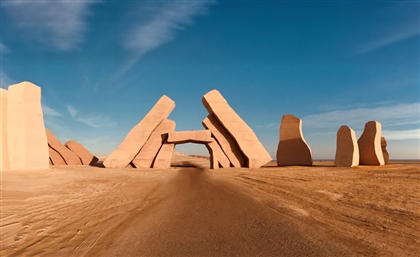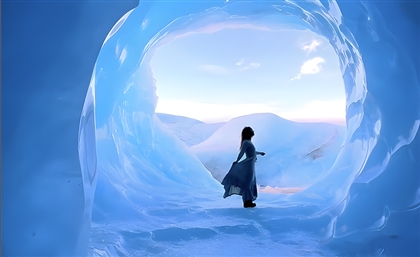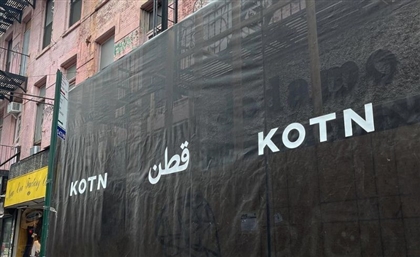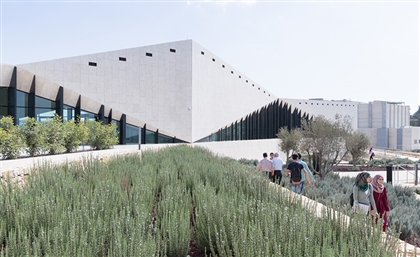Stories from Siwa: A ‘Nomads’ Guide to Egypt's Western Desert Paradise
From the salt lake quarry to the ancient Mountain of the Dead, we joined adventure group Nomads on a whirlwind journey to see the quintessential sights of Siwa Oasis.
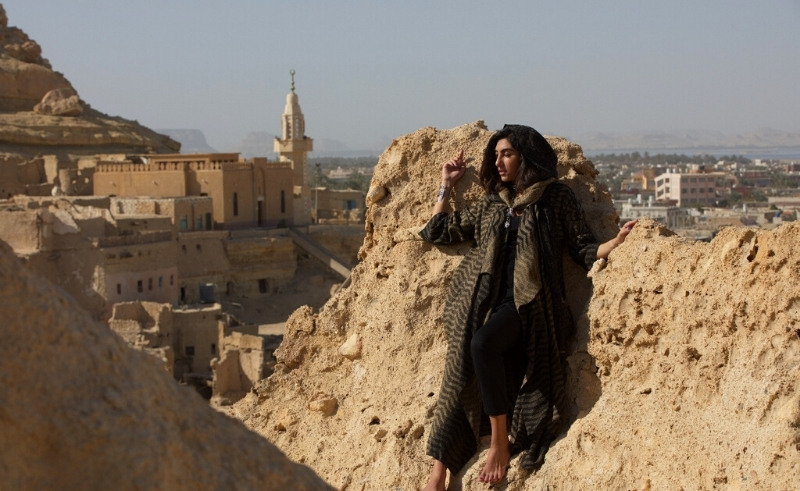
Places have souls, and Siwa’s soul is kind, mystic and motherly. In the heart of the Western Desert, there lies the majestic oasis with its unique Amazigh culture and breathtaking vistas. This desert paradise lies 560 kilometres away from Cairo, sitting between the Qattara Depression and the Great Sand Sea. We had the chance to live and breathe the ancient city ourselves along with Nomads, a prolific Egyptian travel group who have, for years, sparked wanderlust in Egyptian travellers with their carefully curated, immersive trips. Their latest excursion took us headfirst into an utterly unique experience that seamlessly ties together the oasis’ meditative setting with the history that surrounds it.
Nestled at the foot of the Red Mountain - four kilometres from the Temple of the Oracle - we found our home at Taziry Ecovillages. The stay features 40 Berber-inspired rooms complete with ceilings made of date palms, creating a sustainable village that’s built with local materials and techniques. It overlooks a stunning palm tree grove and their marketplace, home to 50 handicraft workshops reviving the sustainable living know-how of Siwa’s ancestral natives. They’ve also built a library and museum to highlight not only the wonders of Berber arts, literature and music, but the universal sciences that pursue and stir sustainable development.
Over the course of the trip, we experienced Ptolemaic-era tombs, natural warm water springs bubbling up from the earth, the healing powers of salt crystals, and the rich heritage of the Siwi people– these are our unmissable attractions and activities.
Fortress of Shali
At the literal heart of Siwa, the Fortress of Shali is an old fortified town built in the 13th century. Wandering through this ancient, towering clay and salt city is like stepping back in time, with its walls fashioned from a local mud-clay-and salt mixture known as kershef. The Shali fortress, which is built on a hill, served as the centre of Siwan life for over 800 years. Originally there was only one gate into the oasis, which had to be accessed through the fortress, and kept the Siwi people protected from raiders.
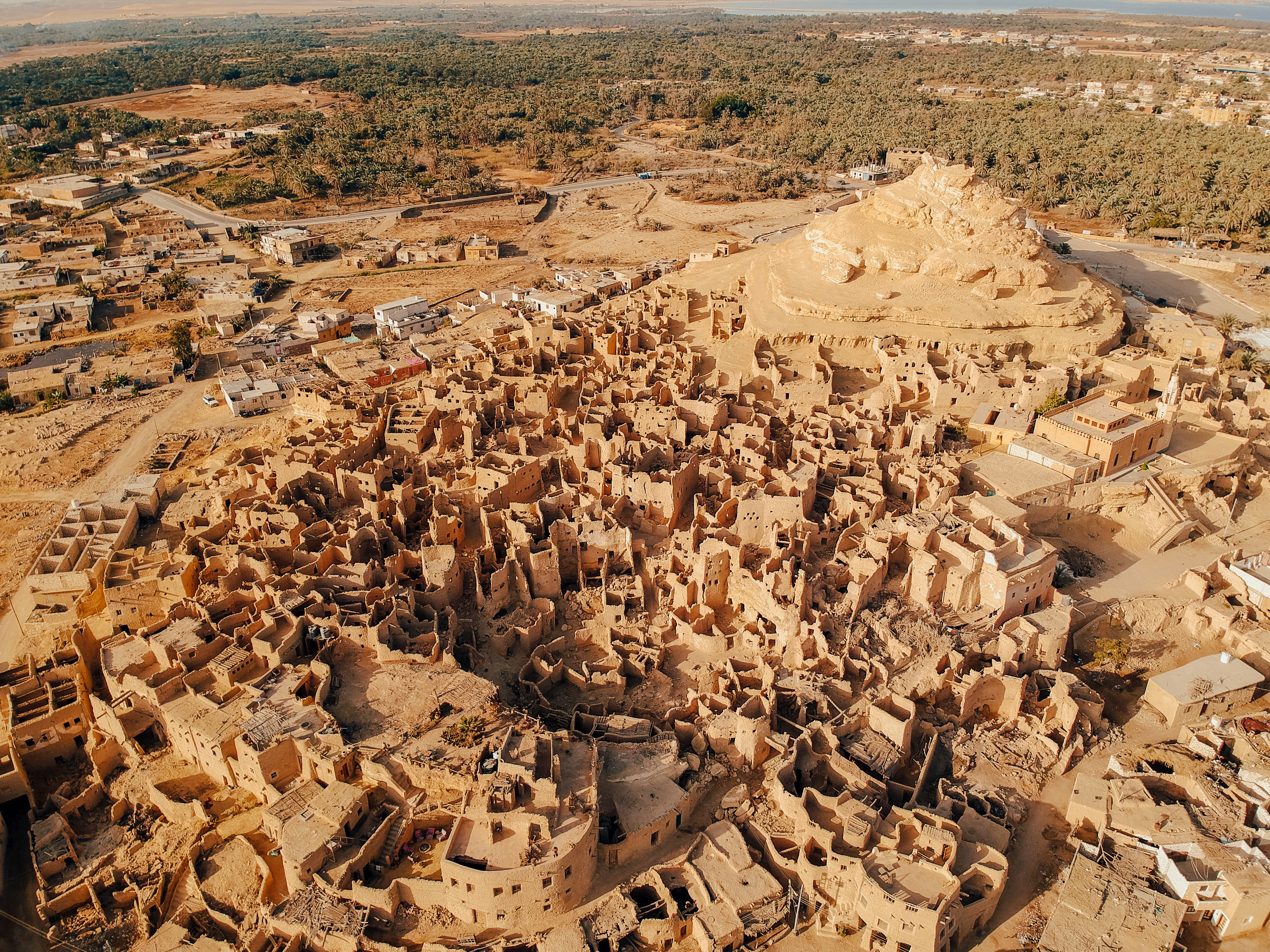
Over time, through multiple battles, and after a powerful rainstorm, the fortress naturally deteriorated. A recent renovation project from the Egyptian Ministry of Tourism and Antiquities restored it to its former glory. If you are able to climb up the stairs of its highest structures, you’re signing up for a view unlike any other.
Cleopatra’s Spring (Spring of Juba)
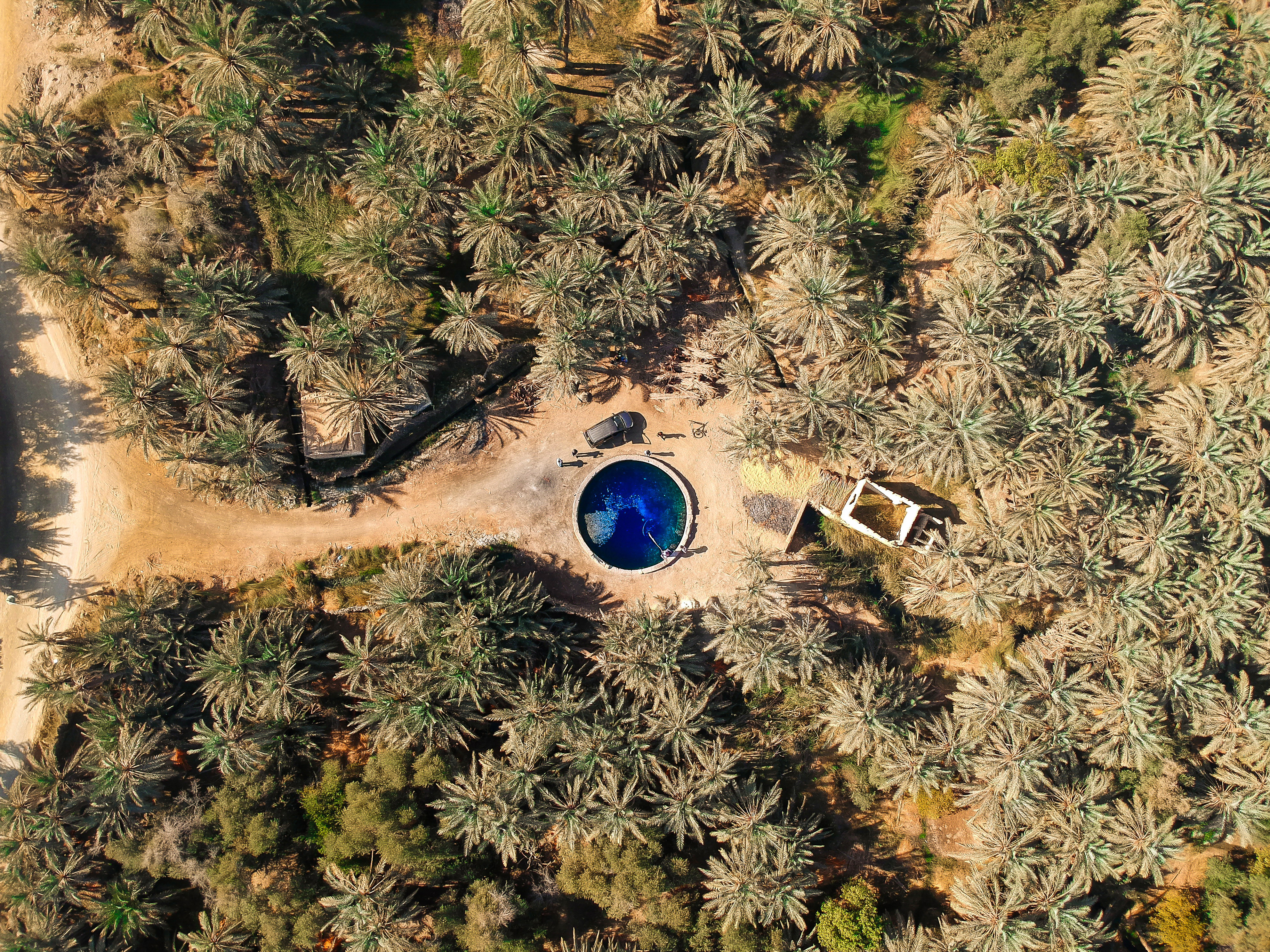 Bubbling up from the ground, this natural spring is not the only one in Siwa, but it is the most popular. Located in the heart of the town, this is where many of the locals first learn how to swim. Although the well was never visited by Cleopatra herself, as the name would lead one to believe, it is reminiscent of the warm water baths the Egyptian queen was known to enjoy.
Bubbling up from the ground, this natural spring is not the only one in Siwa, but it is the most popular. Located in the heart of the town, this is where many of the locals first learn how to swim. Although the well was never visited by Cleopatra herself, as the name would lead one to believe, it is reminiscent of the warm water baths the Egyptian queen was known to enjoy.
The natural sulphuric spring water gurgles up into a large stone pool, and is a perfect way to relax after a day of exploration or to wash off the salt from the nearby lakes. The well is also surrounded by cafes and small restaurants with comfortable shaded lounging areas to recharge after your swim.
Fetnas Island (Fantasy Island)
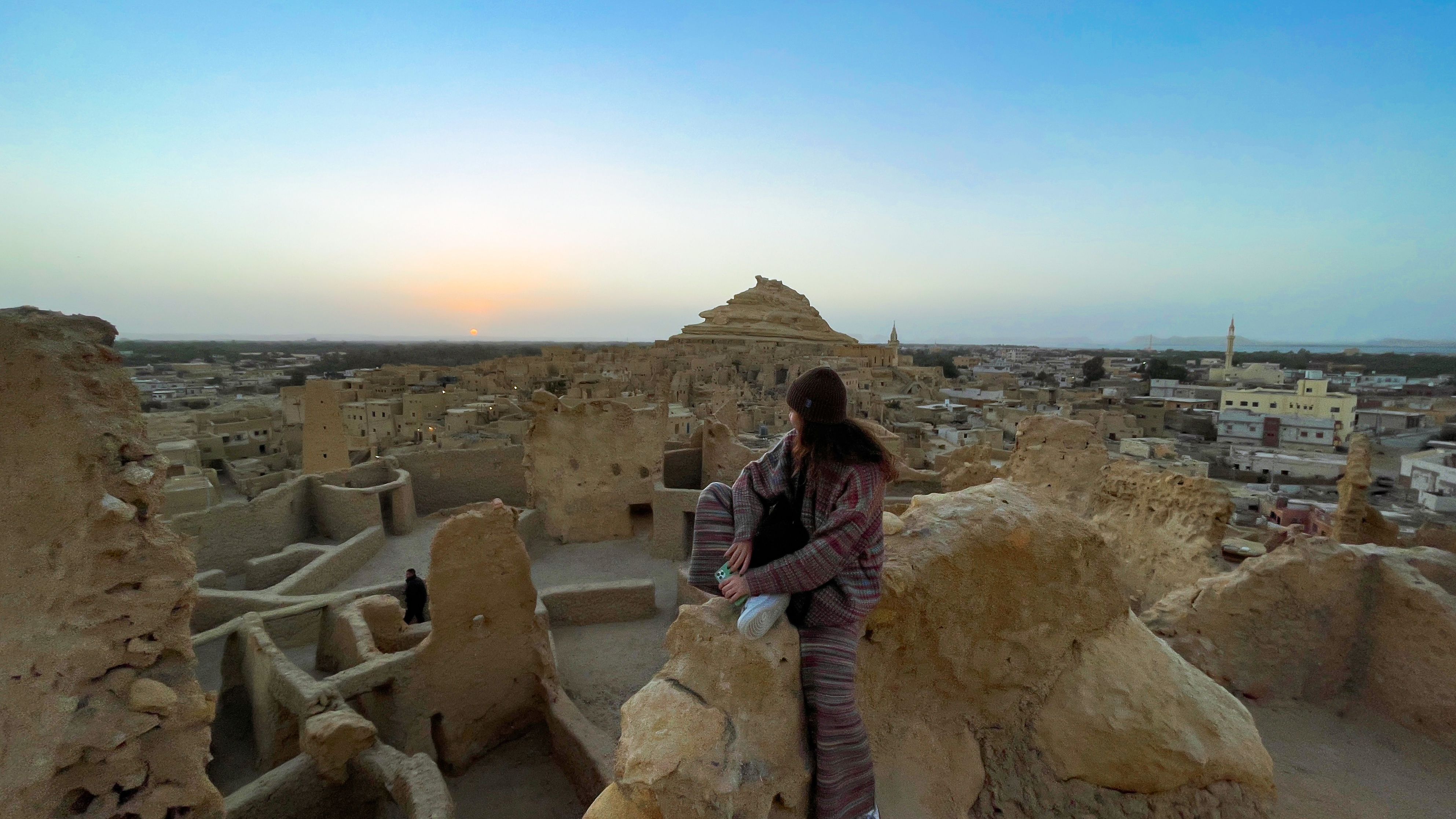
Fetnas Island, or Fantasy Island as most tourists call it, is a picturesque piece of land on the edge of Siwa Lake, just a short drive from the town. Lined with rustling date palms, with the Great Sand Sea gaping beyond them, the island is a picture-perfect spot to watch the sun go down behind the rocky outcrop across the lake while sipping on mint tea from the two small cafes on the island. There are hammocks, chairs, and at night there is even a fire pit to fight off the chilly desert breeze.
Jebel Mawta (Mountain of the Dead)
This outcrop is an ancient burial ground of Romans and Ancient Egyptians, honeycombed with empty tombs. Jebel Mawta (or ‘Mountain of the Dead’) is located at the northern end of Siwa. Its tombs cover the mountain from base to peak, and it is one of the most fascinating and mysterious places to visit in Siwa. The tombs date as far back as the Ptolemaic era. One of the more interesting tombs is that of a Roman, Si Amon, who decided to make Siwa his home.
The importance of the mountain continued well into modern times. During World War II, when the Italians bombed Siwa, local Siwans took shelter in the tombs of Jebel Mawta. It was actually during this time that the most magnificent tombs on the mountain were discovered.
There are no cameras or tripods allowed inside the tombs, but visitors are welcome to use their cellphones. As the mountain is located on the edge of the city, you’ll be able to enjoy panoramic views over the oasis with the wind blowing through your hair - that is, if you can make it to the top of the mound.
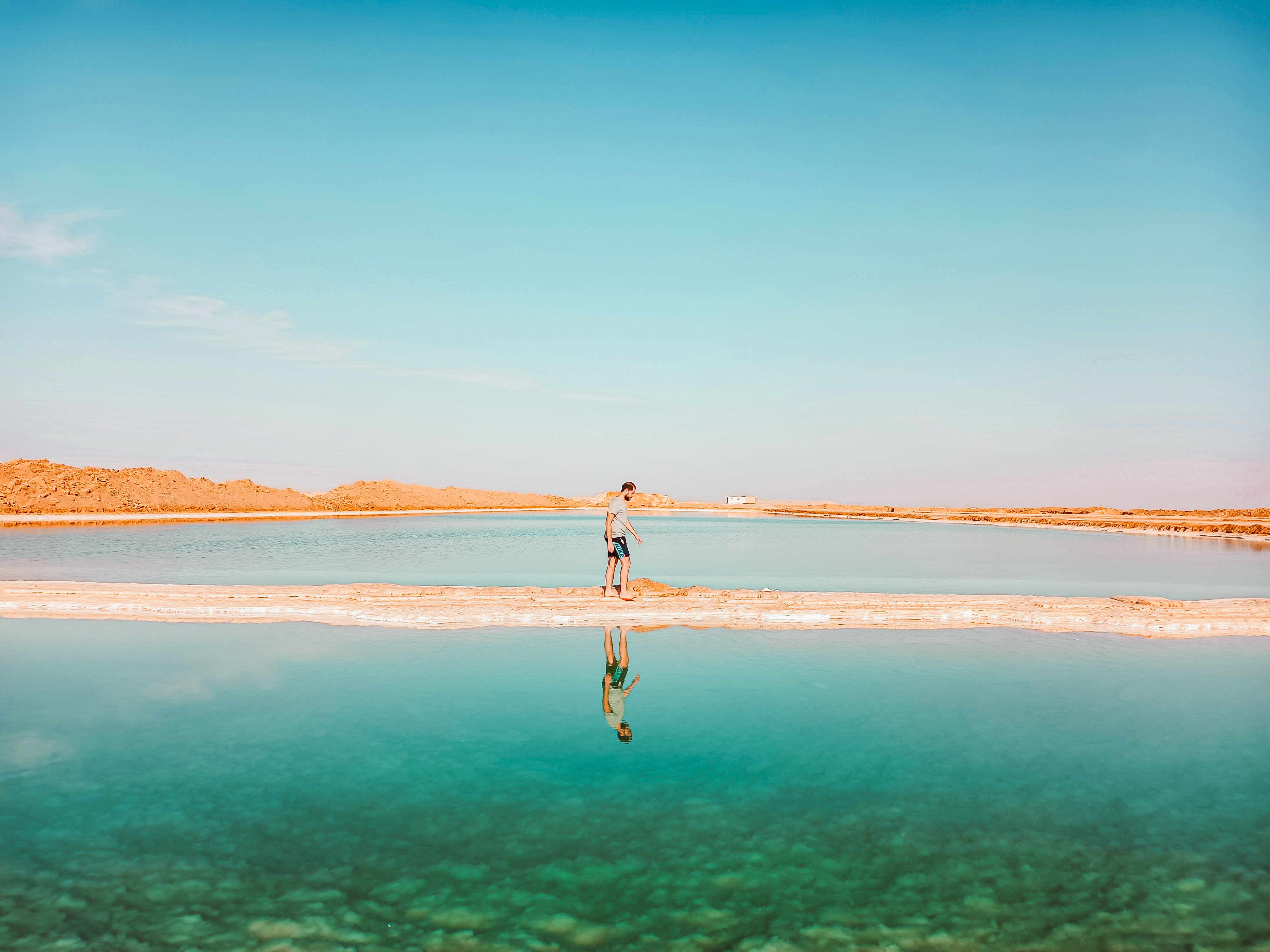 Temple of the Oracle (Alexander’s Temple)
Temple of the Oracle (Alexander’s Temple)
One of the most important temples in Siwa is the Temple of the Oracle. This temple dates back to the 26th dynasty and was famously visited by Alexander the Great. It was there that he was told that he was a son of Zeus, which helped the emperor solidify his rule of the region. The hidden hallway that runs along the two sides of the main temple chamber is just about big enough for one person to walk through comfortably. Rumour has it that if you call out from within, those inside the temple chamber may be inclined to believe that you are the voice of the Oracle.
A short drive from the Temple of the Oracle, you’ll find a single, decorated wall standing amidst ruins. This lone wall is all that remains of the vast Amun Temple. This once beautiful temple was almost completely destroyed in 1896 when a local Ottoman governor razed the entire structure with dynamite, hoping to use the stone of the temple for building blocks.
Siwa Market
Roaming the market of Siwa is much like roaming an open-air museum of an ancient civilization. The streets are lined with bakeries, cafes, and small restaurants, emitting an air of organised chaos not unlike that of Cairene markets.
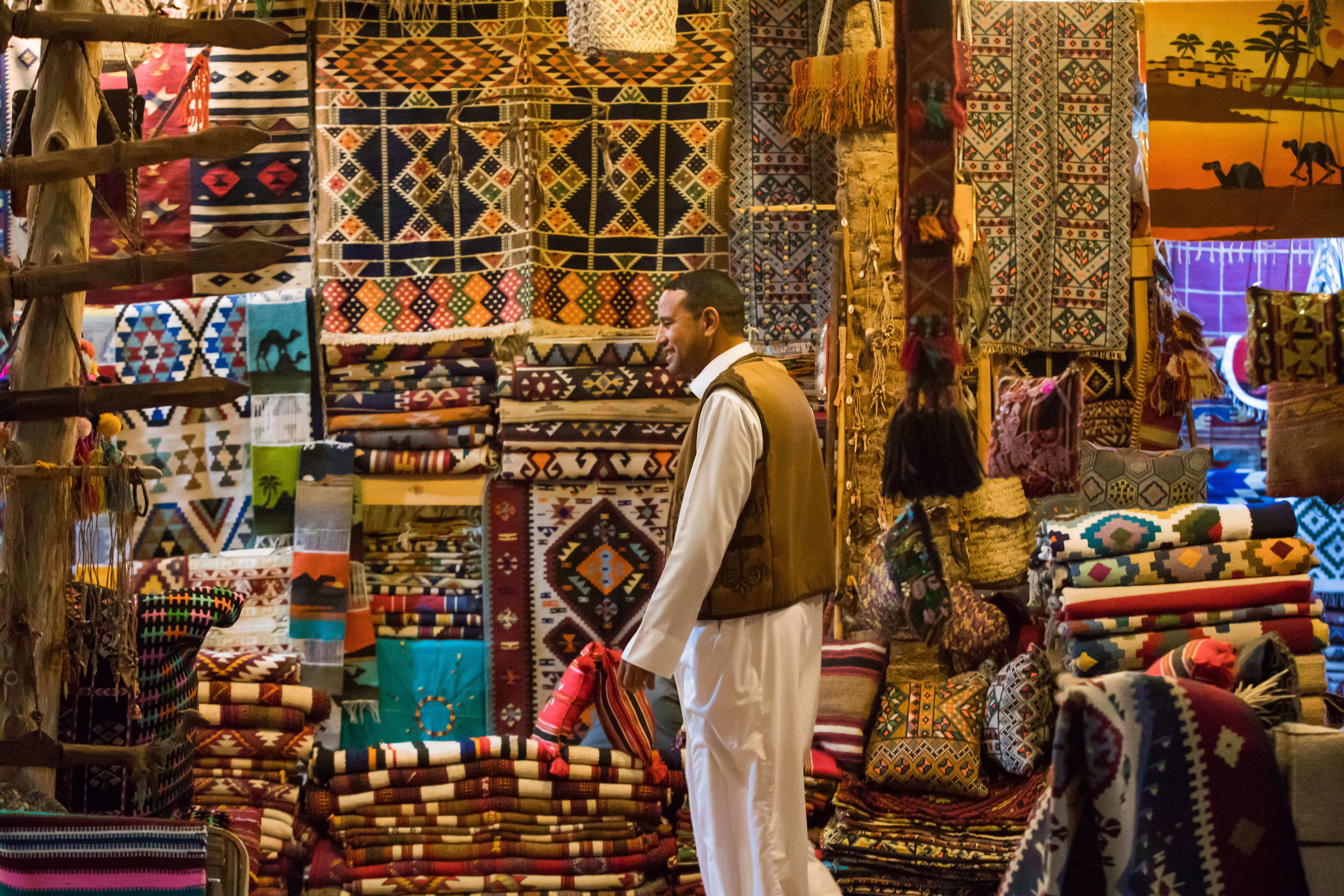
Djellabas - common dresses - can also be found within these stalls, rich with jewel tones and the embroidered patterns native to North African tribes. Their traditional Amazigh textiles, clothing, and accessories make for enduring keepsakes.
Salt Lake Quarry
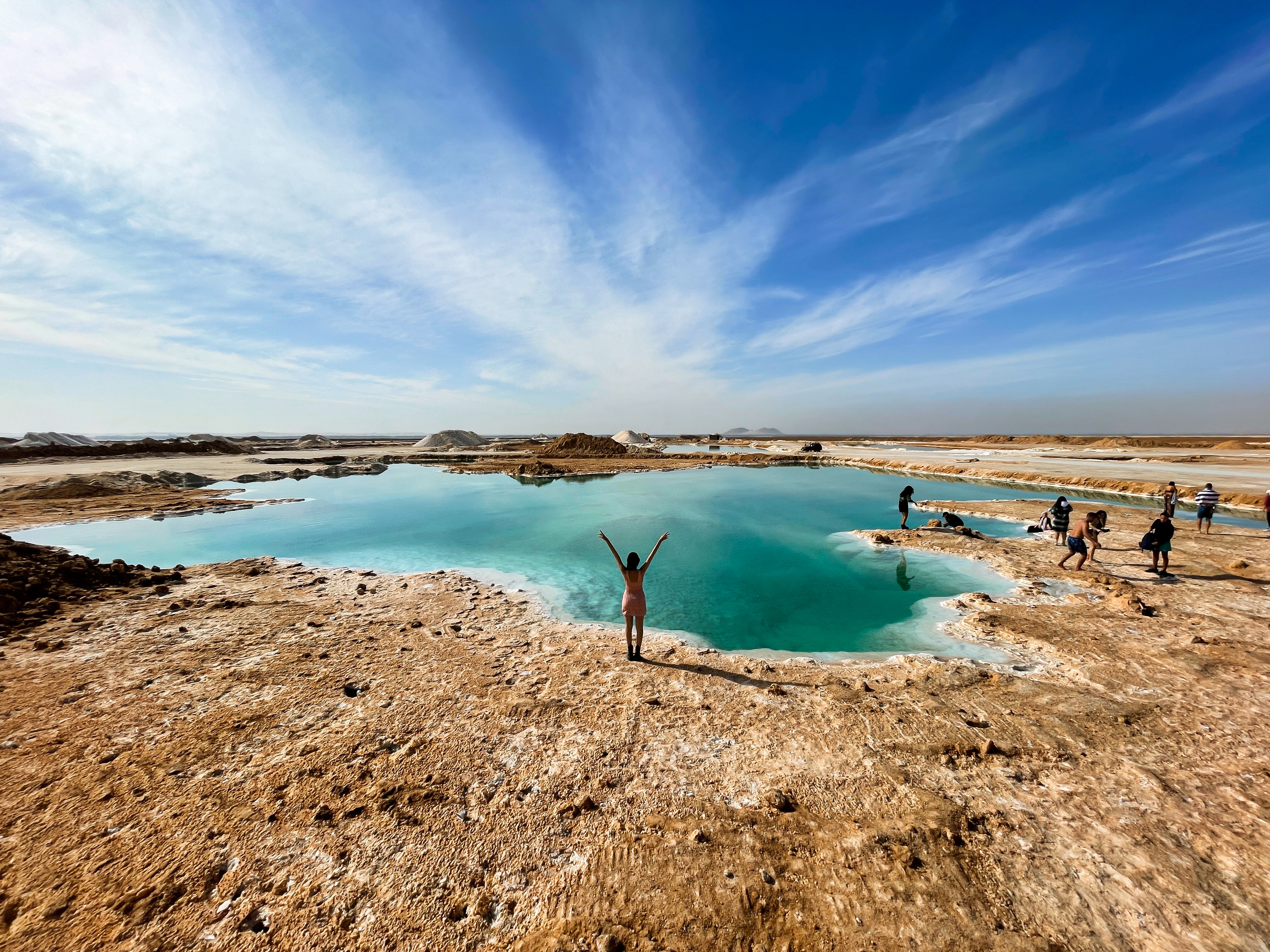 Visiting the salt lakes is not some optional excursion. We don’t want to diminish all the cultural treasures surrounding it by saying that it's the whole point of visiting the Siwa Oasis but, well - it kind of is.
Visiting the salt lakes is not some optional excursion. We don’t want to diminish all the cultural treasures surrounding it by saying that it's the whole point of visiting the Siwa Oasis but, well - it kind of is.
Between the palm trees and the vast desert, nestled among mountains of excavated salt, you will find emerald-blue waters that are so enchanting that few visitors can’t help but get closer.
The Siwa Salt Company runs the excavation operation that surrounds the salt lakes, but visitors are welcome to enter the quarry and bathe in the mineral-rich waters of the lake. These waters have one of the highest water-to-salt ratios in the world, even higher than Jordan’s Dead Sea, meaning that positively everything that enters its waters floats, and that no species can live in them.
Yoga Class
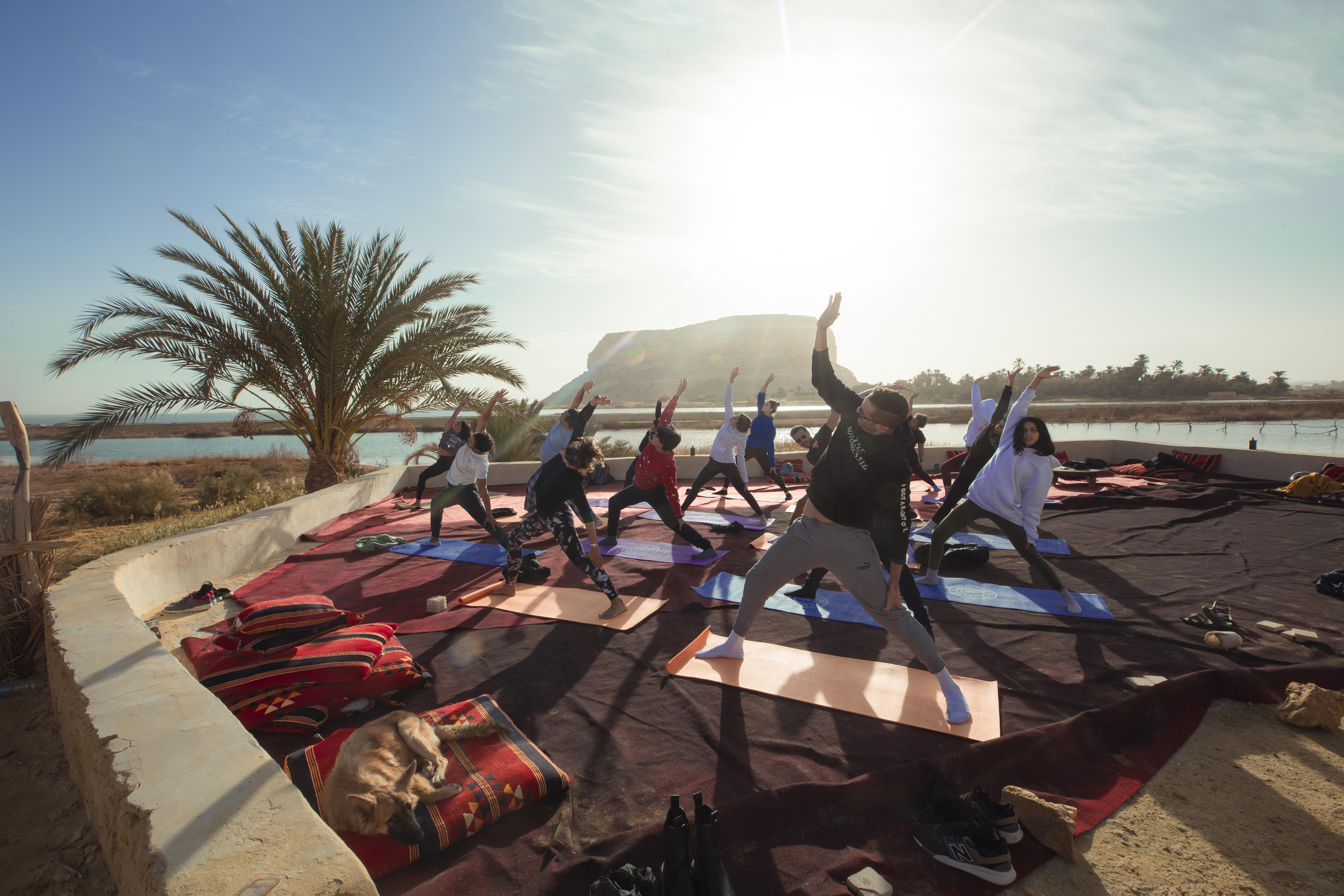 When you’re surrounded by breathtaking nature, Siwa already puts you at peace almost immediately, while the stresses of city life melts away like a bad dream. Now imagine magnifying that with one of the world’s most ancient forms of decompressing - yoga. Practising yoga in Siwa is an incredible experience that will deepen and inspire you if you are a regular practitioner. If you aren’t, well then you’re likely to get hooked. We joined yogi Nasrin Halawa in a morning yoga session where we soaked in the tranquillity across from the idyllic Fortress of Shali.
When you’re surrounded by breathtaking nature, Siwa already puts you at peace almost immediately, while the stresses of city life melts away like a bad dream. Now imagine magnifying that with one of the world’s most ancient forms of decompressing - yoga. Practising yoga in Siwa is an incredible experience that will deepen and inspire you if you are a regular practitioner. If you aren’t, well then you’re likely to get hooked. We joined yogi Nasrin Halawa in a morning yoga session where we soaked in the tranquillity across from the idyllic Fortress of Shali.
Sandboarding
 In what you can expect to be an incredibly calming trip overall, sand boarding in the Great Sand Sea is one of the few ways to integrate some adrenaline into your trip itinerary. Before sunset, head into the desert to climb the dunes’ peaks, and slide your way down as the colours of the sienna skyline materialise into view.
In what you can expect to be an incredibly calming trip overall, sand boarding in the Great Sand Sea is one of the few ways to integrate some adrenaline into your trip itinerary. Before sunset, head into the desert to climb the dunes’ peaks, and slide your way down as the colours of the sienna skyline materialise into view.
- Previous Article Dr.Sisilove or How (Not) To Diffuse A Bomb
- Next Article These Unexpected Sports are Set to Make a Splash by the Giza Pyramids
Trending This Week
-
Apr 23, 2024
-
Apr 18, 2024




